Powerful ash eruption, evening 06.12.2012
|
Powerful ash eruption, evening 06.12.2012 |
|
Powerful ash eruption, evening 06.12.2012 |
|
Powerful ash eruption, evening 06.12.2012 |
|
Powerful ash eruption, evening 06.12.2012 |
|
View toward Kawah Tompaluan crater and eroded flank of Lokon |
Degassing between eruptions |
|
Degassing 09.12.2012 |
Weak ash venting on morning of 10.12.2012 following nighttime eruption |
|
Facility processing volcanic materials |
Ash deposits |
Facility processing volcanic materials, Empung behind |
|
Collecting ash |
Fertile land at base of volcano in agricultural use |
Farming near foot of Lokon volcano |
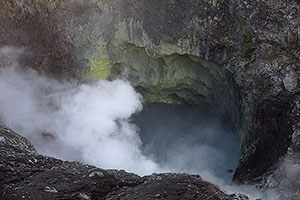 |
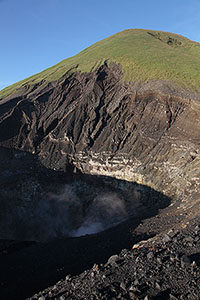 |
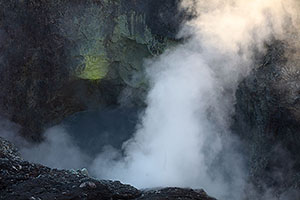 |
|
Acidic crater lake in Tompaluan crater |
Tompaluan crater at foot of Lokon |
Acidic crater lake in Tompaluan crater |
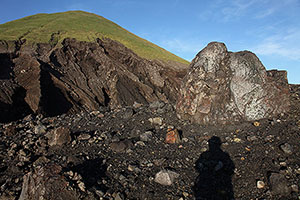 |
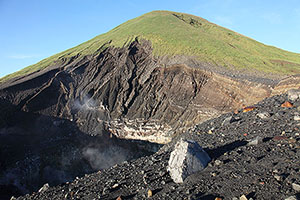 |
|
Volcanic bomb on crater rim |
Volcanic bomb on crater rim |
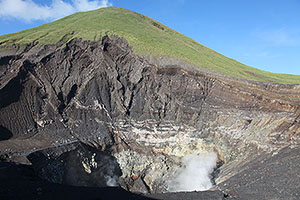 |
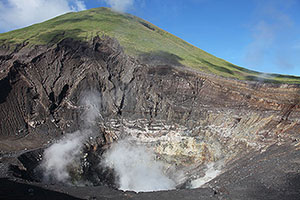 |
|
Degassing Tompaluan crater with Lokon behind |
Degassing Tompaluan crater with Lokon behind |
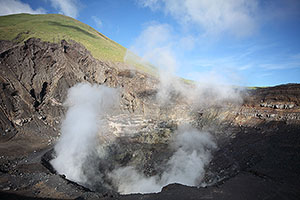 |
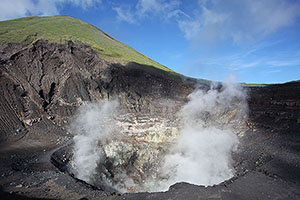 |
|
Degassing Tompaluan crater with Lokon behind |
Degassing Tompaluan crater with Lokon behind |
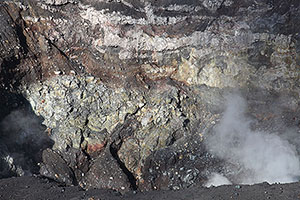 |
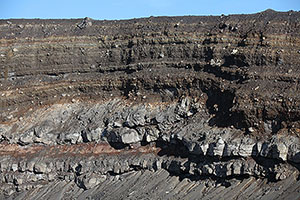 |
|
View over crater showing crater wall in detail |
Strata in outer crater wall of Tompaluan |
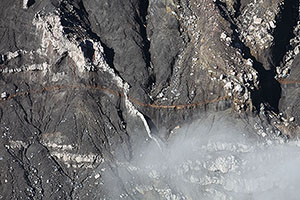 |
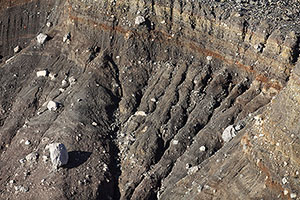 |
|
Dyke in crater wall at base of Lokon |
Small erosion gulleys inside crater |
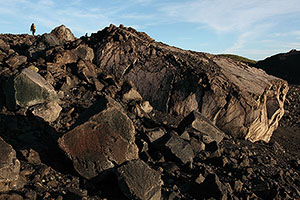 |
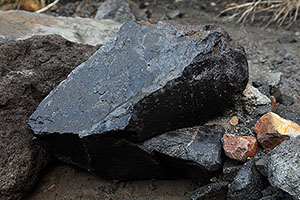 |
|
Large volcanic bomb 20 meters from rim |
Obsidan fragment near crater |
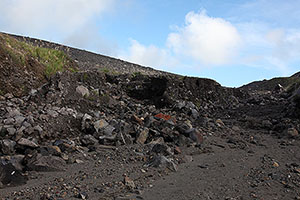 |
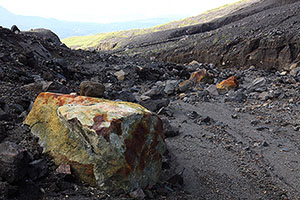 |
|
Gulley used to access crater zone, crater on left |
Geothermally altered volcanic bomb in access gulley |
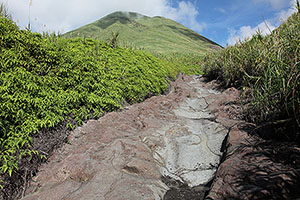 |
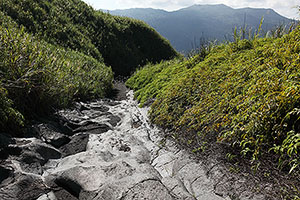 |
|
Old lava flow forms path to crater zone |
Descending gully, Mahawu volcano in distance |
|
View from front of Highland Resort |
View from near former Boutique Hotel |
|
Sign indicating evacuation path for population |
Dense vegetation on slopes with Lokon |
|
Kinilow town at foot of Lokon-Empung |
Kinilow town at foot of Lokon-Empung |
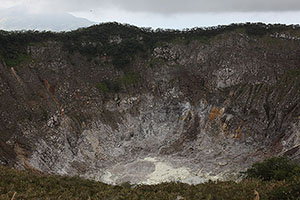 |
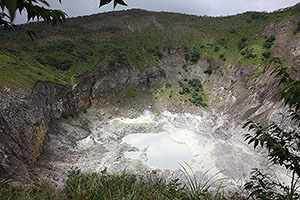 |
|
Mahawu crater, summit crater |
Mahawu volcano, summit crater |